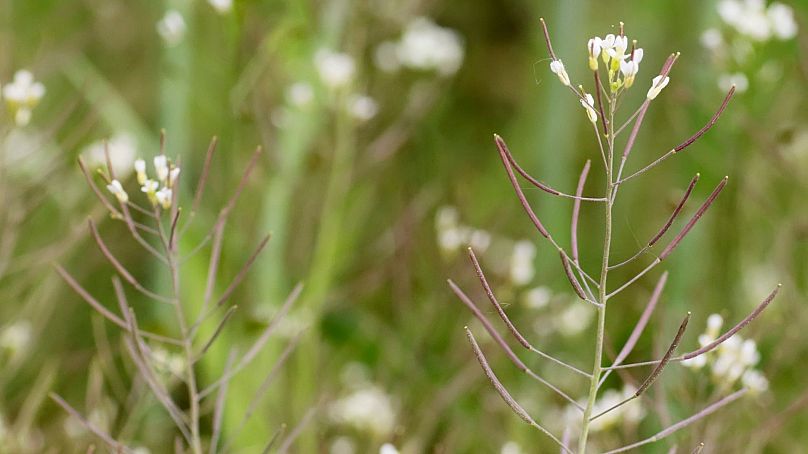Did you know that plants, like humans, have an ‘internal clock’?
Scientists have discovered that plants, like humans, have an ‘internal clock’ - meaning they are able to tell the time.
But what does this mean and could it improve agriculture? Plants have cells known as circadian clock genes, enabling them to measure daily and seasonal rhythms. Understanding how this process works could lead to crop breeding for higher yields and more sustainable farming.
“We’ve discovered that plants grow much better when their internal clock is matched to the environment they grow in,” says Professor Alex Webb, Chair of Cell Signalling in the University of Cambridge’s Department of Plant Sciences and senior author of the April 2021 report.
How can plants tell the time?
“We live on a rotating planet, and that has a huge impact on our biology – and on the biology of plants,” Professor Webb explains.
In the study, Cambridge scientists based their observations on a small flowering plant, arabidopsis thaliana, more commonly known as thale cress.
They found that the rhythmic supply of light we find in the day and night cycle leads to the evolution of circadian clocks. These clocks modulate most plant physiology, photosynthesis, metabolism, and development. It’s what scientists call ‘chronoculture.’
“Plants’ responses to pests are optimised – they’re most resistant to pests at the time of day the pests are active,” adds Webb. “So just a simple light in the refrigerated lorry going on and off to mimic the day/ night cycle would use the plants’ internal clock to help improve storage and reduce waste.”
How useful could this be for agriculture?
The genes which control circadian rhythms in all major crops are similar and have many advantages.
The circadian system can contribute to the regulation of flowering, biomass, photosynthesis, water use, temperature stress responses, and pathogen defences, which are important yield components in plant crops.
“We know from lab experiments that watering plants or applying pesticides can be more effective at certain times of day, meaning farmers could use less of these resources. This is a simple win that could save money and contribute to sustainability,” notes Webb.
“Using water more efficiently is an important sustainability goal for agriculture,” he adds.
The study found that with knowledge of the plants’ internal clock and the ability to change it through genetic modification, the lighting and heating cycles could be matched to the plant for “highly efficient growth.”
“In vertical farming, chronoculture could give total control over the crop. We could breed specific crop plants with internal clocks suited to growing indoors, and optimise the light and temperature cycles for them,” says professor Webb.
Scientists believe that knowing plants’ internal clocks could also help reduce pest damage and provides an opportunity for chronoculture to make food production more sustainable.
The plant study also presents a similar idea which could be applied to human medicine: ‘chronomedicine’.This would mean that drugs are more effective when taken at a specific time of day.












